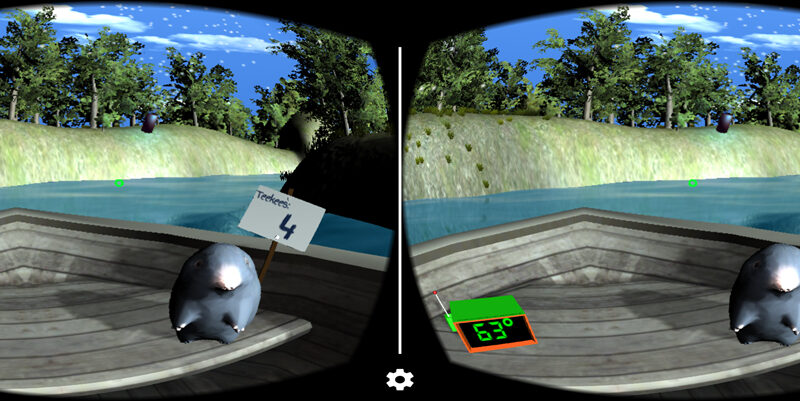Outcomes After Surgical Interventions for Abusive Head Trauma
Outcomes After Surgical Interventions for Abusive Head Trauma https://pediatricsnationwide.org/wp-content/uploads/2021/10/161176450-1024x683.jpg 1024 683 Mary Bates, PhD Mary Bates, PhD https://secure.gravatar.com/avatar/c6233ca2b7754ab7c4c820e14eb518c8?s=96&d=mm&r=g- October 30, 2023
- Mary Bates, PhD

Study suggests that most children can make clinically meaningful recoveries after neurosurgical intervention.
Abusive head trauma (AHT) is a leading cause of injury and death in children under 5 years, according to the Centers for Disease Control and Prevention (CDC), yet the scientific literature on neurosurgical intervention for this population is mixed. Given the range of symptoms and severity of injury in these patients, there is a wide variety of potential surgical interventions. However, long-term data of how these patients recover postoperatively is lacking.
At Nationwide Children’s Hospital, The Center for Family Safety and Healing follows children who have experienced AHT longitudinally from their treatment until they are school-aged. In a new study, researchers from Nationwide Children’s evaluated the long-term functional and neurodevelopmental outcomes in pediatric patients aged 3 years or younger from this clinic who underwent neurosurgical intervention following suspected AHT.
Using the electronic medical record and a state-mandated trauma database, the researchers identified 77 patients over a period of 13 years who were diagnosed with AHT and received a neurosurgical procedure. Of these patients, 53 survived to discharge and had at least one year of follow-up.
“Our hypothesis was that while these kids may struggle initially after surgery, they are able to make meaningful recoveries, and I think we showed that,” says senior study author Eric Sribnick, MD, PhD, a pediatric neurosurgeon at Nationwide Children’s and principal investigator in the Center for Pediatric Trauma Research.
Dr. Sribnick and colleagues found functional improvements over time in many patients, whether they received a craniotomy or simply required shunt placement. They say the results suggest that, with time, the majority of patients treated surgically for AHT may improve in their neurological and functional outcomes and achieve clinically meaningful recovery.
The team is planning further research to better understand the optimal neurosurgical management for pediatric patients with AHT, as well as to identify factors that may predict long-term outcomes in these patients.
“When I was in training, there was some pessimism about the outcomes for children with AHT,” says Dr. Sribnick, who is also an associate clinical professor of neurological surgery at The Ohio State University College of Medicine. “I hope this study encourages people to be a bit more optimistic about the long-term trajectory of these patients.
“We have seen these kids get better and better over the years, even if they do have some neurological deficits. They are in a stage of life where they have a great ability to face adversity and meet challenges, and that is reflected in their long-term outcomes.”
Reference:
Bozer JJ, Gruber MD, Letson MM, Crichton KG, Rice CE, Qureshi N, Leonard JR, Sribnick EA. Long-Term Functional Outcome Following Neurosurgical Intervention for Suspected Abusive Head Trauma. Pediatr Neurol. 2023 Aug 22;148:101-107. doi: 10.1016/j.pediatrneurol.2023.08.017. Epub ahead of print.
Image credit: Adobe Stock
About the author
Mary a freelance science writer and blogger based in Boston. Her favorite topics include biology, psychology, neuroscience, ecology, and animal behavior. She has a BA in Biology-Psychology with a minor in English from Skidmore College in Saratoga Springs, NY, and a PhD from Brown University, where she researched bat echolocation and bullfrog chorusing.
-
Mary Bates, PhDhttps://pediatricsnationwide.org/author/mary-bates-phd/December 27, 2016
-
Mary Bates, PhDhttps://pediatricsnationwide.org/author/mary-bates-phd/
-
Mary Bates, PhDhttps://pediatricsnationwide.org/author/mary-bates-phd/
-
Mary Bates, PhDhttps://pediatricsnationwide.org/author/mary-bates-phd/






